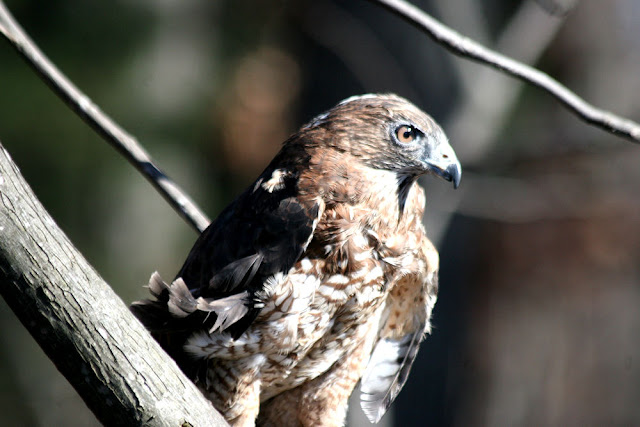Ramen Noodle Stir Fry
Servings: 5
Calories per serving: 588
3-4 blocks of ramen noodles (flavor packets discarded)
5 oz golden oak shitake mushrooms
8 oz sugar snap peas
1 green bell pepper, sliced
1 1/2 cups carrots, sliced into strips (around 3 - 4 medium carrots)
1 small bunch of green onions, diced
1/8 cup fresh ginger, finely diced or minced
1/4 cup fresh garlic, finely diced or minced
One batch of 3 ingredient stir-fry sauce (recipe below this one)
Heat 2 tablespoons of sesame oil in a large
nonstick skillet and heat to medium high. Add mushrooms, bell pepper, carrots,
green onion, ginger, and garlic. Cook 20 to 25 minutes, or until vegetables are done to the way you like them.
Add more sesame
oil if necessary to avoid sticking (I added an additional tablespoon half way
through cooking)
Boil the water for
the ramen noodles
In the last five
minutes, add in the sugar snap peas
Once the sugar snap
peas are added, add the ramen noodles to the boiling water.
Follow package instructions to cook. Follow instructions on the packet but mine says 3 minutes.
Mix together a batch of the stir-fry sauce (recipe below).
When ramen noodles are cooked, drain them and add to the cooked vegetables.
Next mix in the stir-fry sauce, and cook 1 to 3 minutes until everything is mixed in.
Serve and enjoy!
Stir-Fry Sauce
This was the link provided by Joy on her ramen noodle recipe to make her stir fry sauce. Only three ingredients. Very simple and delicious!
1/3 cup plus 2 tablespoons reduced sodium soy sauce (or tamari)
1/4 cup sesame oil
1 tablespoon cornstarch
Add all ingredients to a mason jar.
Screw on the lid and shake to combine
Once your stir fry is mostly cooked,
add sauce and heat an additional 3 - 5 minutes, or until sauce thickens. Serve
immediately
Joy's tip is to use this sauce in a stir fry with fresh minced garlic and fresh minced ginger, along with the cooked vegetables and what ever protein you are using, if any. Over the years whenever I didn't have either available, I used both ginger and garlic powders and didn't think much of it. Using them will make this recipe very bland she says. I have to admit at noticing the difference in taste when I started using fresh, but I still have the other on hand if needed and there isn't anything else.
Another of Joy's notes: this is intended to cover 6-8 servings of stir fry, served over unsalted rice or noodles. Otherwise it will be too salty. It is a highly concentrated sauce, a little goes a long way.
My notes: we had three packets of ramen noodles in the pantry, along with a can of button mushrooms, a small can of chopped chiles, and a can of sliced lotus roots marinated with chiles and it was time they were used. Today was the day I put everything into this stir fry, as it was a 'let's throw everything into the mix' kind of a day. Not much thought to it, just throw it in. Wouldn't mind those lotus roots again as they were a great addition and had a bit of heat.
Looking in the fridge there were carrots, ginger and garlic but no sugar snap peas, green onions, shitake mushrooms or green bell pepper. Instead we used a sweet onion, celery and zucchini. I also added a cup of frozen peas.
You can also add your favorite protein.
This recipe turned out great, and there are leftovers. A no cook-day will be very nice.
Thanks for stopping by. Have a great week!




















































